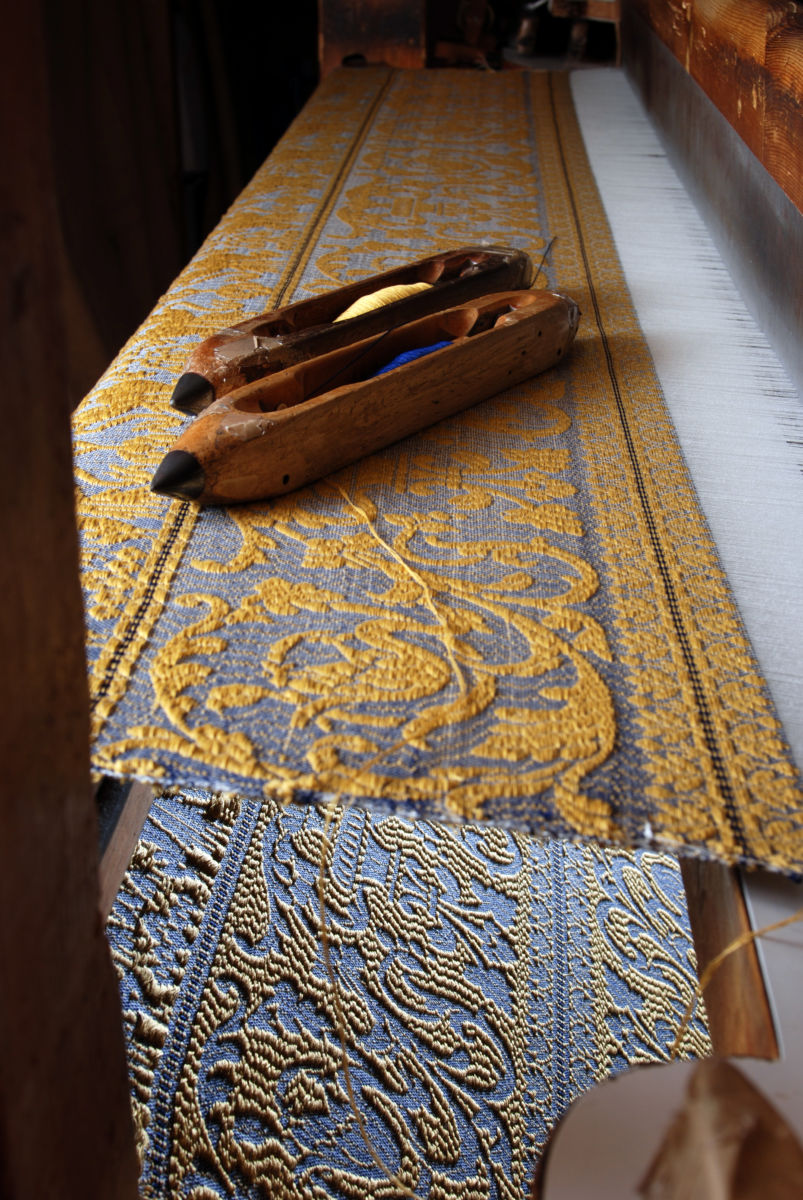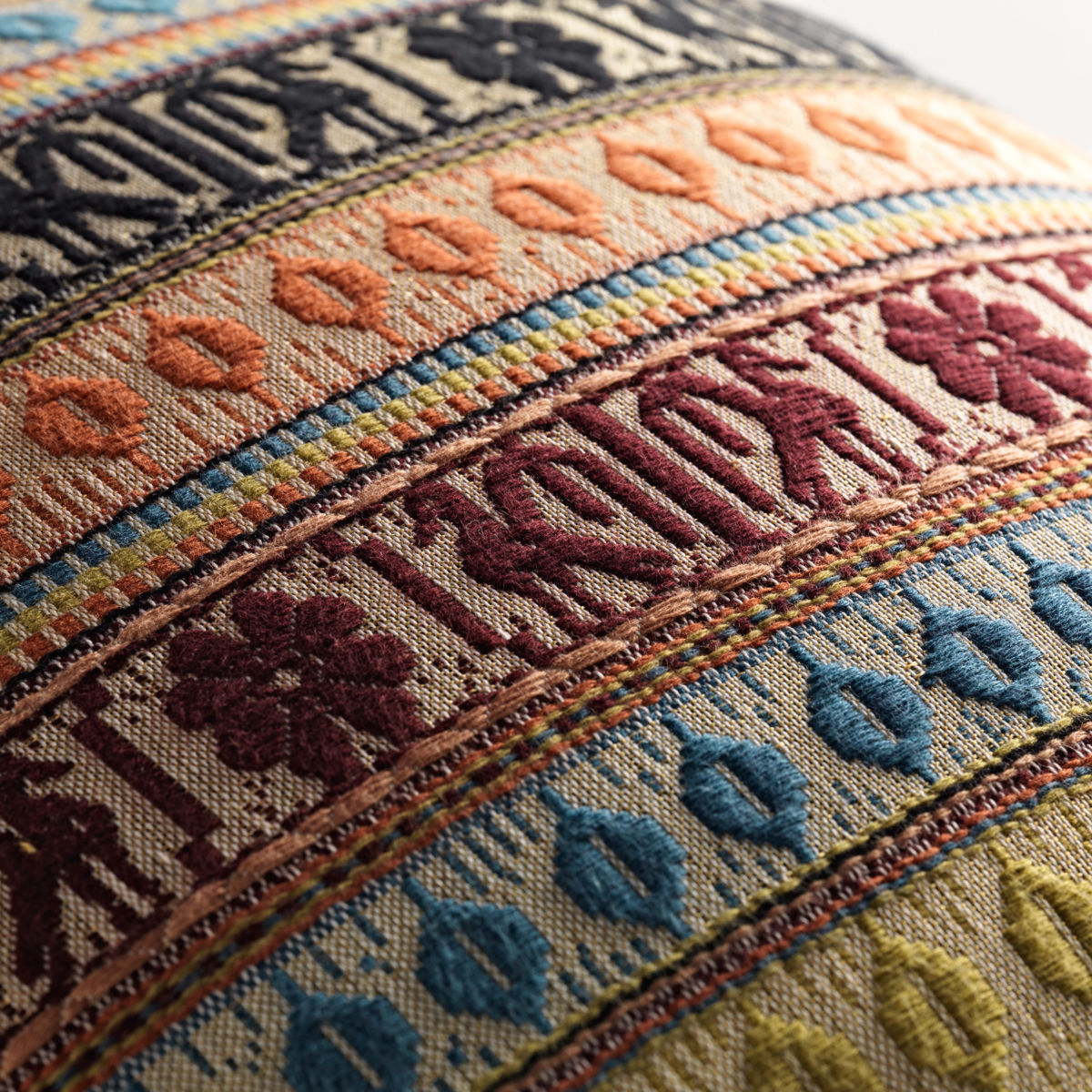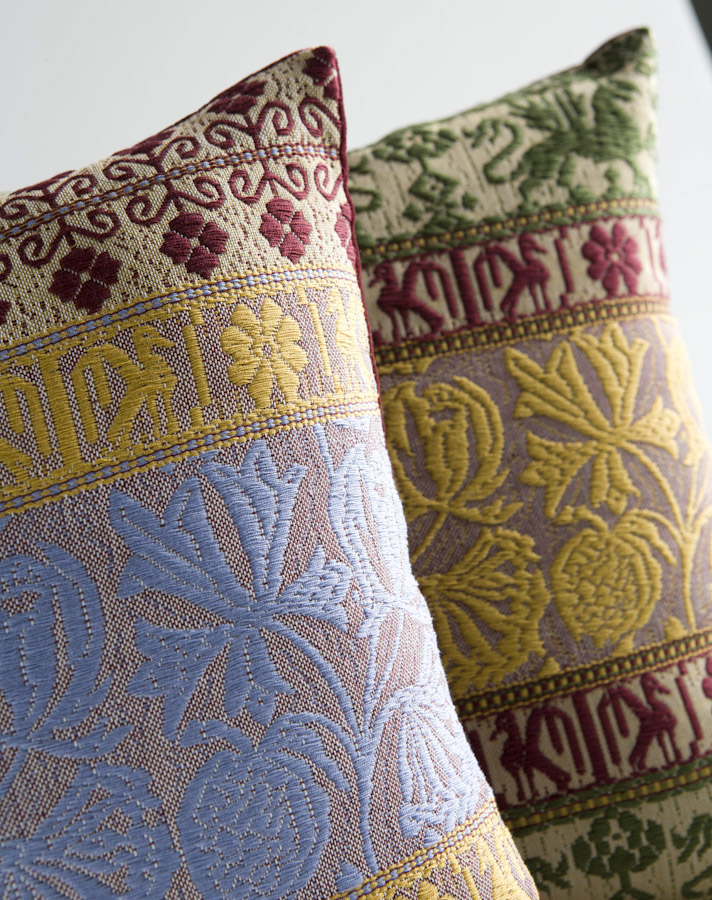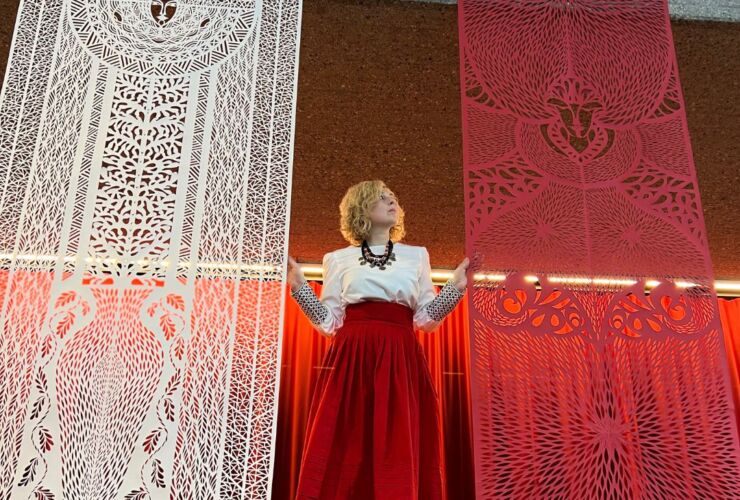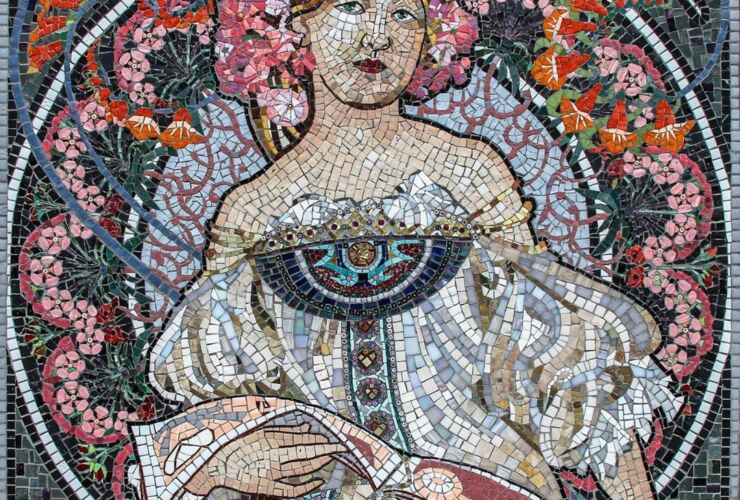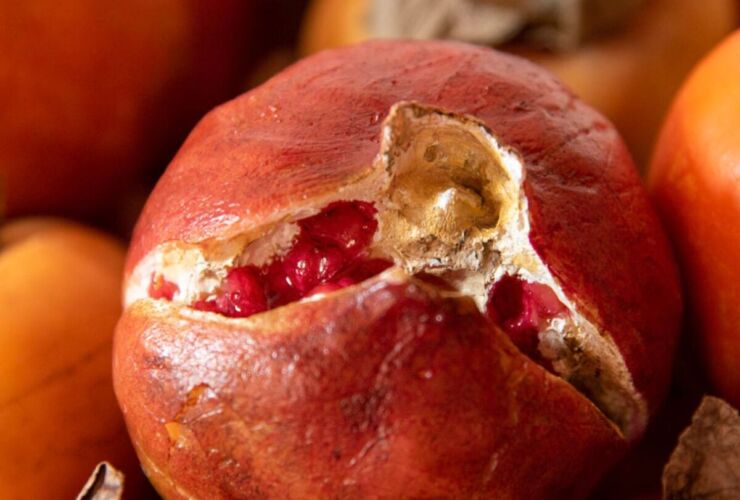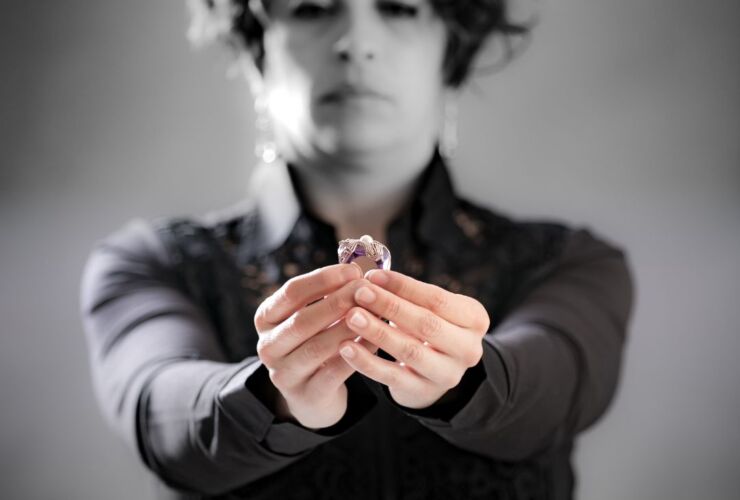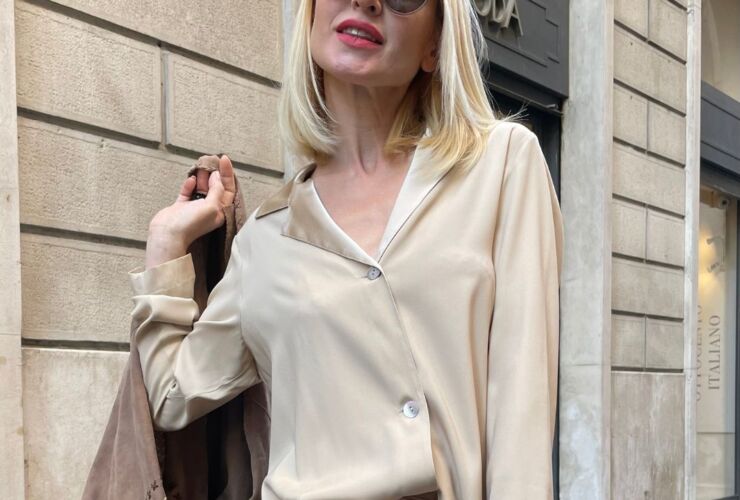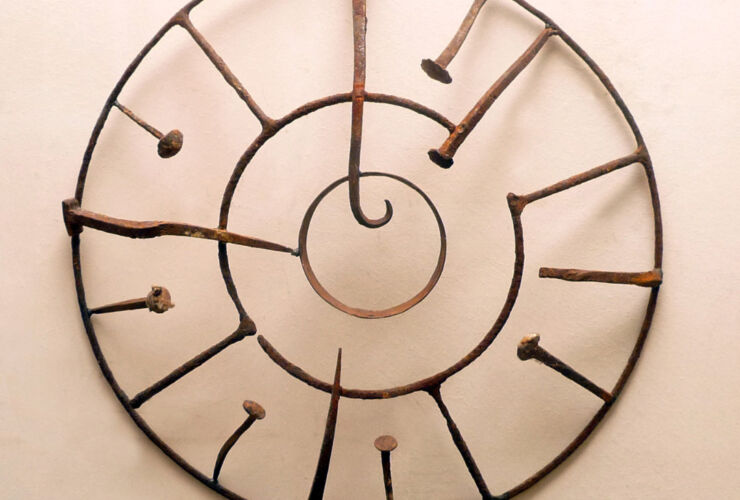The history of weaving in Umbria has antique roots: the so-called “Perugia Tablecloths” were the strong point of the great weaving tradition in medieval Perugia. As early as the late 12th century, the Perugia Tablecloths were used as altar cloths in the churches of Central Italy. The importance of these cloths as part of the liturgical altar decoration is documented by how frequently they appear in the works of the most famous artists of the 14th and 15th centuries: from Giotto to Ghirlandaio to Leonardo da Vinci, to name just a few. Throughout the centuries, Perugia altar cloths are listed in numerous inventories of important Italian and foreign churches and convents. Testifying to the wider domestic use of these textiles, they were also frequently mentioned in the legal documents of “dowries”. Emblematic is the citation of “Perugia tablecloths and pannili” among the items listed in the inventory of Caterina de’ Medici’s dowry at the time of her marriage to Francesco II of France. From the 16th century on there was a slow decline in the diffusion of this type of textile. By the end of the 19th century the production is limited to private homes and convents of Umbria and the Marche. The Workshop – School of Giuditta Brozzetti During World War I, Giuditta was nominated Elementary School Superintendent of Perugia. During her frequent horse carriage jaunts around the rural areas of the territory to inspect the various schools under her jurisdiction, she rediscovered the antique weaving tradition that was still alive in the peasants’ homes. Giuditta became an expert appraiser, collecting the most beautiful textiles and bringing them to Perugia where they were displayed at the “Permanent Italian Decorative Arts” exhibition and sold. The profits soon became an important source of income and emancipation for the rural female population. As the men returned after the end of the war, Giuditta resigned her post as Superintendent to make room for the veterans. In 1921 she began her entrepreneurial “adventure” by opening the Textile Workshop of Hand Weaving where she reproduced, along with the traditional Umbrian textiles, some of the most beautiful damasks of the past. At that time, and remarkably still today, the Workshop uses both the four-heddle traditional manual foot-looms to produce the “rustic textiles” so typical of the rural areas, as well as, the “jacquard” looms (copyright Vincenzi, 1836) to weave both damasks and the Perugia tablecloths. Most of the iconographic research was done by Giuditta who commissioned the famous wood-engraver, Bruno da Osimo, to make the patterns. Under the entrepreneurial impulse of its founder, the Giuditta Brozzetti Workshop became one of the most well known and most prestigious workshops of traditional, artistic textiles in Italy. Giuditta’s daughter, Eleonora, took over the business in 1957, adding textiles for fashion designers. One of her models won a designer award in Milan. For many years, Eleonora was flanked by her daughter Clara. Following her interest in history and iconography, Clara did considerable research on the Perugia Tablecoths and worked on authentic reproductions of these historic textiles. In 1995 Clara’s daughter, Marta, took over the management of the Giuditta Brozzetti Hand Weaving Workshop – thus ushering in the fourth generation. Marta, developing an idea of her mother, transferred the Workshop to the church of San Francesco delle Donne. An interior designer, Marta, expresses her creativity by designing and weaving textiles for the home. Today the Workshop is in continuous evolution: along with its traditional production, new ideas are experimented in an attempt to find modern solutions within the antique Umbrian textile tradition.Tessitura a mano Giuditta Brozzetti
Vedi anche:

